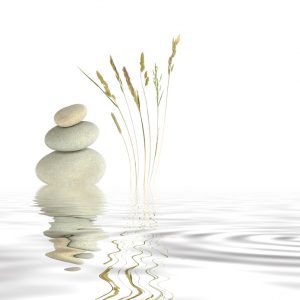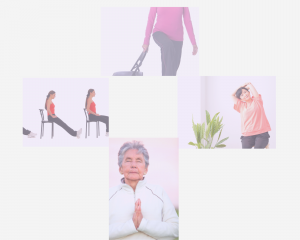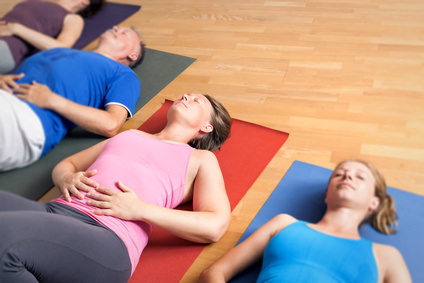1. Routine
Create a daily routine, plan times to start and finish activities. This will give you some predictability, control/power and help keep you grounded in the present rather than with thoughts of what might, should, or should not happen. New habits can take a while to become established and you may benefit from the support of a friend to help create your time table and keep you on track, celebrate success, and support you through any challenges.
2. Connection
Connection is especially important if you live alone. Plan time every day to speak with a colleague, friend, family member or support group. Online communication with visual as well as audio gives a deeper connection than phoning, Facetime, Whatsapp, Skype, Zoom etc are all free and pretty good. I have been having a monthly online lunch date with a friend for a couple of years and it’s great! Join me at one of the tea break or tea & chat sessions (see above).
3. Nature
Where possible spend some time daily in nature. Walking barefoot is a my favourite. If you can’t get out at all or as often as you would like, bring nature into your home with flowers, plants, perhaps try sprouting, planting a container or window box. Open windows and doors to clear the air regularly.
4. Exercise and diet
Exercise regularly, daily if possible, anything to move your body, feel the strength you have. Walk, dance or your guessed it do some yoga :). My Yoga classes are now online and the new term starts 20th April. If you would like to book and/or to receive a short yoga practice to do on your own email me.
Eat nutritious food, as fresh and unprocessed as possible. Treats are fine, too much sugar and starchy foods may feel good initially but are followed by an energy dip and put extra strain on the body to process and digest, so be as moderate as you can. If you deviate from the plan be kind to yourself and get back on track as soon as you can.
5. Create a Sanctuary
You may need you to get creative, but it is possible to create a harmonious space to connect with yourself, your calm centre and intuition. Be realistic, how much space do you have? For most of us a dedicated room is not realistic but if you have one great. If not how about a temporary space where you can place a chair, mat or blanket when you use it.?
If you are living in a busy household, choose times to visit your sanctuary when you are least likely to be disturbed. Negotiate quiet time with others or consider headphones with white noise.
Make an intention for this space to be your sanctuary – when you set it up and every time go there. The energy will build and you will associate it with positive qualities.
Choose an object to evoke a the quality of sacred, whatever that means for you – a photo of a deity, or teacher – a crystal -something from nature – anything of special significance. These may need to be portable and put in place every time you use the space or you may have a shelf, window ledge, a small table etc.
I have something to represent the elements, water, fire/candle, air/feather and earth/crystal. You may like to focus on the senses and play gentle music, use aromas, a soft cushion. Be guided by what you have and your intuition.
I would love to see a picture of your sanctuary, please post it on my Facebook page or email me.









